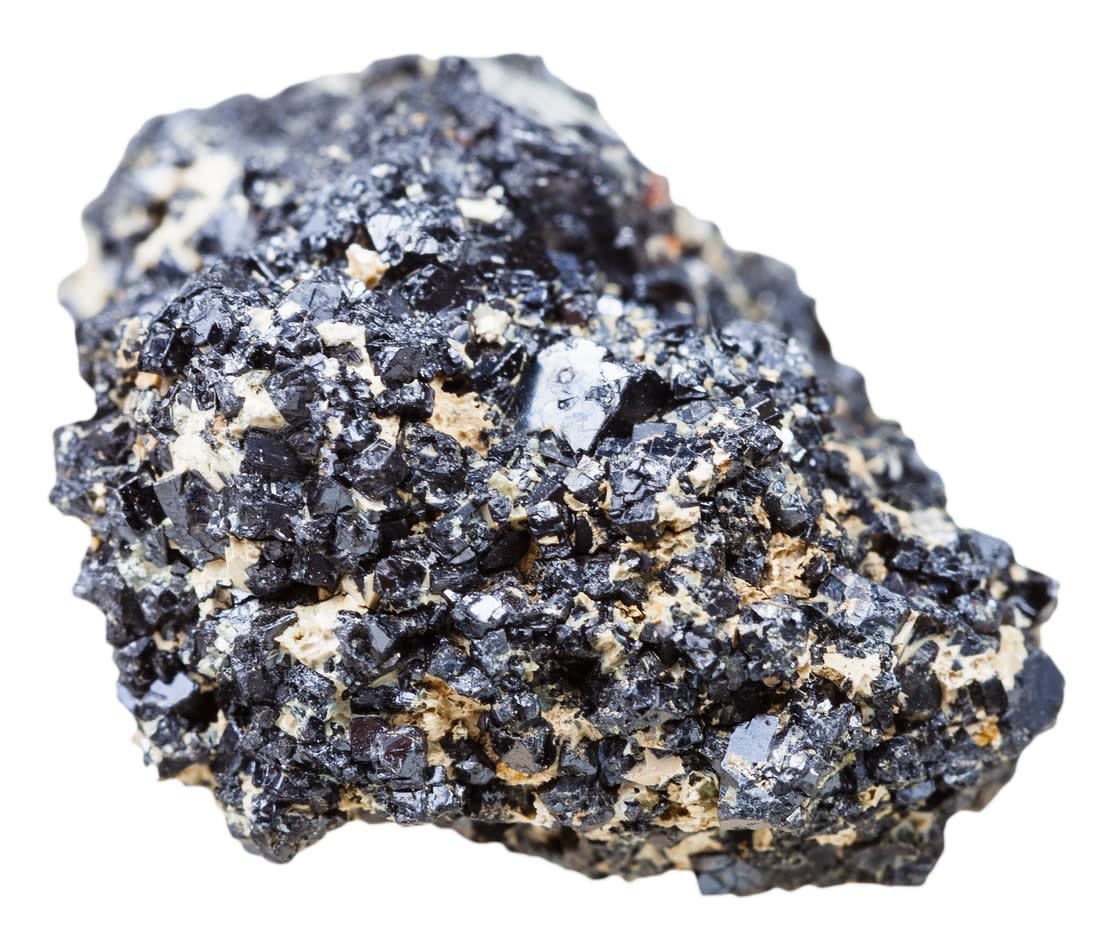
When Jacek Jasieniak looks at a city skyline, he sees more than tall buildings of glass – he sees windows of opportunity.
“Every one of those windows is coated in a covering that effectively blocks out light. What if we could change those coatings to actually convert that light to electricity? What if the windows themselves could be solar panels?”
Associate Professor Jasieniak, an academic in Monash’s Department of Materials Science and Engineering and also the Director of the Monash Energy Materials and Systems Institute (MEMSI), is working in a team to develop next-generation solar technologies that are lighter, less energy-intensive to produce and at least as efficient as current silicon cells.
“If I think about solar and where it’s going to go, it’s going to be on everything – it’s going to be on our rooftops, it might be on our roads, it’ll be on our buildings – and the truth is, our current technologies just can’t do that,” he says. “So, what I’m trying to do is develop new materials and new devices that will be scalable, affordable, and create function for solar cells all over the built environment.”
The problem with current technology, he says, lies not so much in its efficiency, but in the form and production costs.
“Silicon solar cells are great technologies. They’re very efficient, but what they lack at the moment is that they’re very brittle, which means they can be damaged very easily,” he says. “It also takes a lot of energy for them to be fabricated – for an average solar cell installation it takes between two-and-a-half to four years to repay the amount of energy used to make those solar cells.”
“What we need to do is to understand how we make new technologies that are lighter, less brittle, and be able to incorporate them into these different types of forms.”
Perovskites promise
To achieve that, Associate Professor Jasieniak and his team have turned to a material class called perovskites, one of the most abundant on Earth, and one holding great promise in that it has the potential to be printed. They are, he says, “an anomaly”.
“Perovskites are a salt structure. They have a chemical formula called ABX3, which means that they’ve got three different types of ions. Because these three ions arrange themselves in a very structurally rigid way, they enable these solar cell materials to absorb light very efficiently, to convert that light into electrical charges, and then collect those charges at the electrodes,” he says.
“Having these properties in one material has never been found on this kind of scale, especially in materials that can be printed. So, perovskites are very appealing, because not only can you get these really nice semi-conductor properties, you can use low-cost printing processes to make high-efficiency solar cells.”
This, however, isn’t without significant challenges.
“Printing perovskites is, if you can imagine, like printing salt. You wouldn’t print salt because it’s very hard, so the challenge for us as materials scientists is to understand, how do we start to engineer inks to be able to print these types of materials?
“Our team here is trying to develop those materials that are non-toxic, high-efficiency and scalable, to create a technology that’s sustainable and suitable for future large-scale deployment.”
“There’s a real need for architects and others to start thinking, what will the future look like if the form factor of a solar cell changes to something that’s flexible, and printed?”
Their “really exciting” research includes semi-transparent solar cells that’ll be used in windows, and all-printed cells. The ultimate aim is get these to a level on a par, or above, existing silicon technologies.
“Existing solar cell technologies on our roof covert between 16 to 20 per cent of light to electricity,” he says. “The type of technologies we’re working on, such as perovskites, will be able to convert 20 per cent and above, so they’ll be directly competitive with the existing silicon solar cell technologies.
“Our goal is to take small-scale prototypes and partner with suitable industries to create viable technologies that can be commercialised,” he adds.

A need for change
For Associate Professor Jasieniak, the move to renewables is a no-brainer – and necessary.
“The world’s energy demands are increasing, and we need to move towards lower carbon emissions. The two main sources of energy are wind and solar – and solar is the greatest renewable energy source we have today. We need to understand how we can collect as much of that solar light as possible and turn it into electricity, cost-effectively,” he says.
“As our buildings become more efficient, it’s absolutely clear that we need to change the way the windows are operating – from heat-absorbing to electricity-producing. Solar cell windows will drive that change in building. And the work we’re doing here on developing solar windows, particularly made from perovskites at this stage, will be the pathway to making that a reality.”
Form factor
So, how soon does he see us living that reality?
“These days, we install solar cells on to a roof. In 20, 30 years’ time that’s not going to be a reality. Printed solar cells will allow us to laminate cells on to a roof – the roof will be a solar cell. We’ll be able to retro-fit different surfaces with solar cell devices. So, the future’s only limited by our designs and our imaginations.
“There’s a real need for architects and others to start thinking, what will the future look like if the form factor of a solar cell changes to something that’s flexible, and printed?”
So, when he looks at that city skyline in the future, what does he see, and what are the limits?
“Every surface will be covered with solar cell technologies, but it can get interesting,” he says. “I have this vision that maybe we’ll have artificial solar trees; so, instead of having a bus stop, we might have a solar tree with leaves that are actually solar collectors, and that’s built into an environment where we’re generating electricity, we’re storing that electricity elsewhere and, effectively, that energy’s free. Imagine that – it’s free.”





